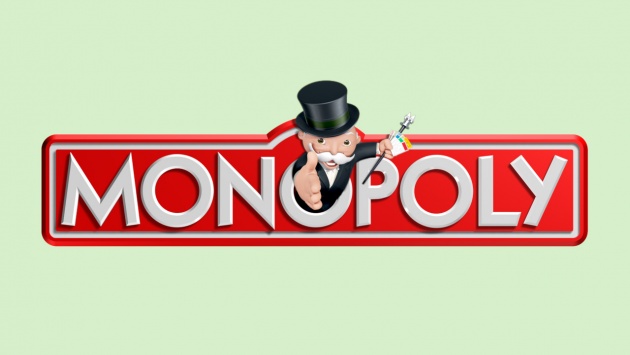Monopoly
 :
:
Opposite of perfect competition
Single seller.
No close substitute of his product (i.e. PTV, PIA, PTCL etc).
Restricted entry or barriers to entry.
Firm is price setter.
In Monopoly Competition
Price is not constant in monopoly. Firm can increase its quantity sold by reducing
Example:
|
P |
Q |
TR |
MR |
AR |
|
6 |
0 |
0 |
|
|
|
5 |
1 |
5 |
5 |
5 |
|
4 |
2 |
8 |
3 |
4 |
|
3 |
3 |
9 |
1 |
3 |
|
2 |
4 |
8 |
-1 |
2 |
|
1 |
5 |
5 |
-3 |
1 |
DIAGRAM:
Forms of Profit:
i- Normal Profit
Minimum amount which a firm needs for survival
TR=TC
ii- Sub-Normal Profit
It is the revenue which is less than cost of firm
TR less than TC
iii- Super-Normal profit
It is the revenue which is more than cost of firm
Monopoly
(In short-run analysis)
In short-run, there are four case of equilibrium of firm under the monopoly
i- P > ATC (Super-normal profit)
ii- P = ATC ( Normal profit)
iii- AVC < P < ATC (normal loss, if loss is less than FC)
iv- P = AVC (loss of fixed cost)
Monopoly:
(In long-run analysis)
In long-run, a monopolist always earns super-normal profit (P > LAC)
1 optimum(Equilibrium at minimum of LAC)
2 Sub-optimum (Equilibrium at falling portion of LAC)
3 Super-optimum (Equilibrium at increasing portion of LAC)



